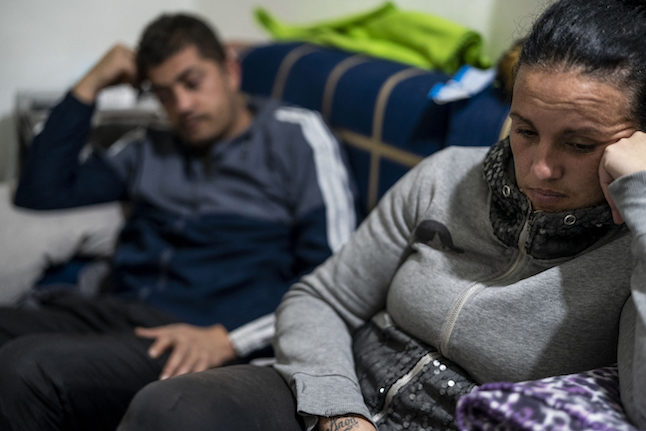The Swedish population has been boosted by record levels of immigration since 2006 and 2010 is expected to be another record year, with 103,000 immigrants making Sweden their home.
The birthrate remained high despite the economic crisis with the fertility rate for 2010 estimated at 1.97 children per woman, the highest level since 1993. Sweden has long shown a strong correlation between childbearing and the economic cycle as the parental insurance system tracks income.
115,000 children per annum are forecast to be added to the population in the coming few years, up slightly on the 112,000 new citizens arriving in 2009, according to the SCB report.
The trend of a rise in life expectancy is set to continue with women expected to live 3.5 years longer in 2060, to 86.9 years, in comparison with 83.4 in 2010. Men are expected to live slightly more than five years longer in 2060, from 79.5 years in 2010 to 84.7 years then.
Sweden’s population passed the nine million mark in 2004 and is expected to top 10 million in 2021.
The number of elderly people (over 65s) is forecast to increase by 362,000 by 2021, the number of those of working age (20-64) by 151,000 and young people (aged 0-19) by slightly more than 96,000.


 Please whitelist us to continue reading.
Please whitelist us to continue reading.
Member comments